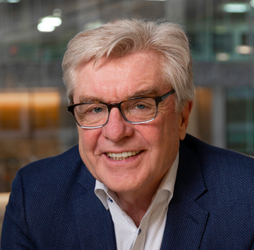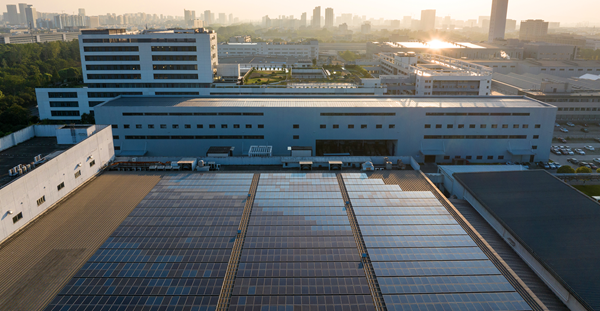How to create micro-scale city environments driven by the workplace.
Design is influenced and molded by social upheavals. One way in which this has manifested over the past few years is in a growing desire for many employees to continue working from home, to reduce time wasted on commutes, and to redefine the balance of life and work. Design has responded by creating and communicating form with how it relates to our days, such as the concept of the 15-minute city, revealing how interventions can create time for all of us.
This shift is clear in the rejection of stand-alone spaces, such as suburban office parks, which were dying out long before the pandemic. Termed “Pastoral Capitalism,” these post-war office parks were shaped by the idea that workers needed to be isolated in nature to work well. As early as 2015, Newmark reported that 14 to 22 percent of suburban office space in the United States was obsolete. Though there were attempts for the suburban office park to make a comeback, the addition of a few amenities has not proven to be enough to attract people. Now that most employees can successfully work from home, standalone office parks, regardless of whether they have a gym or a Starbucks, have emptied out. The campus—Apple, Google, Facebook—is a new riff on the office parks of the twentieth century. The campuses of today take a similar approach, offering all the perks of an urban environment in one suburban destination. However, creating a campus is not the only way in which the workplace can bring new energy to a place and draw people out of their homes.
There are two different forms this can take, one in urban space and the other in a suburban or rural environment: the 24-hour building and the 5-minute neighborhood.
24-Hour Building
The 24-hour building operates in urban areas and is driven by the workforce within it. The idea is that a person can work, live, visit, eat, and play, all without having to leave. It mirrors the experience of the city itself in that anything a person wants is at their fingertips. As a fly-in and fly-out concept, visiting employees can stay at a hotel in the building without having to commute or navigate a new city. They can eat, purchase goods, and go to work seamlessly, with everything they need for a few days. Similarly, employees can stay in short-term rentals and new employees can find a place to live without hassle. A successful version of this blended-use environment is risk-averse and allows the workplace to energize all other spaces within the building—and vice versa.

5-Minute Neighborhood
The concept for the 5-minute neighborhood takes place outside of the city center in an environment where people are trying to reduce the time they spend commuting. We see this in the proliferation of fringe and edge cities, which serve as transition zones between urban and rural centers. The 5-minute neighborhood similarly blends the uses of the 24-hour building, though it is less concentrated in one space and may be more cost-effective. While the workplace is the catalyst for these spaces, they require other uses as well as access to mass transit to become populated. This is a particularly effective option for companies with workers who are no longer willing to waste time on long commutes to the office in the city center but are willing to take on shorter commutes.
Both approaches aim to revitalize the workplace as well as its adjacent uses with a holistic approach to place. By creating micro-scale city environments that are seamless, easy to navigate, and offer the resources a person needs throughout their day (or many days), the workplace will once again become a relevant part of life.









